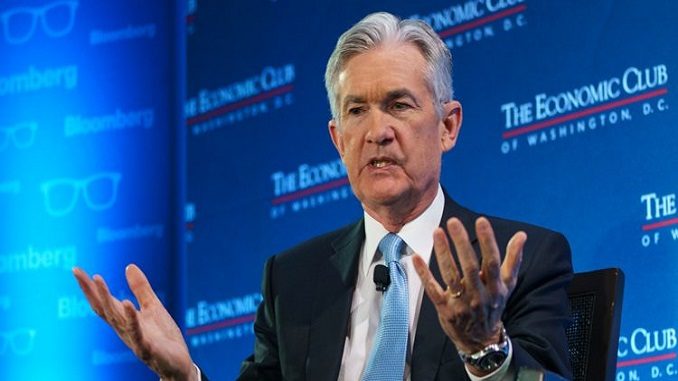
The Federal Reserve on Thursday rolled out a sweeping rewrite of its approach to monetary policy, putting new weight on bolstering the U.S. labor market and less on worries about too-high inflation, Reuters reported.
The Fed’s new monetary policy strategy, unveiled at the start of an annual central banking conference, pledges to address “shortfalls” from the “broad-based and inclusive goal” of full employment, a nod to racial equity and its role in promoting economic growth.
The U.S. central bank also promises to seek to achieve inflation that averages 2% over time, offsetting periods when it is running below that level with periods when it is moderately higher. The change suggests the Fed’s key overnight interest rate, already near zero, will stay there for potentially years to come as policymakers woo higher inflation.
The policy shift is arguably the biggest for the Fed since Paul Volcker remade the central bank into an inflation-slaying force four decades ago, when prices were spiraling higher.
Fed Chair Jerome Powell’s new policy blueprint, designed for a world where weak inflation, low interest rates, and slow economic growth appear to be here to stay, puts the labor market front and center.
The changes acknowledge, the Fed said in its description of its new strategy, that “downward risks to employment and inflation have increased,” and include a new promise to use the central bank’s “full range of tools” to achieve its goals of stable prices and a strong labor market. All 17 Fed policymakers signed on to the new strategy.
“Our revised statement reflects our appreciation for the benefits of a strong labor market, particularly for many in low- and moderate-income communities, and that a robust job market can be sustained without causing an unwelcome increase in inflation,” Powell said as he explained the changes at the start of the Kansas City Fed’s central banking conference.
The gathering is normally held in Jackson Hole, Wyoming, but was convened this year online because of the coronavirus pandemic.
“It is hard to overstate the benefits of sustaining a strong labor market, a key national goal that will require a range of policies in addition to supportive monetary policy,” he said.
With tens of millions of people out of work because of the pandemic, the economy in a deep crisis and Americans preparing to vote in a contentious Nov. 3 election, the Fed’s new approach is both an acknowledgment of fundamental changes in the economy that began well before the pandemic, and a map for how the Fed plans to conduct policy going forward.
The Fed’s transformation of the way it manages monetary policy included no explicit promises on how long it may keep rates low, or how high it would allow inflation to go. Indeed, Powell said the Fed’s new approach to inflation would not be dictated by an explicit mathematical formula.

Be the first to comment